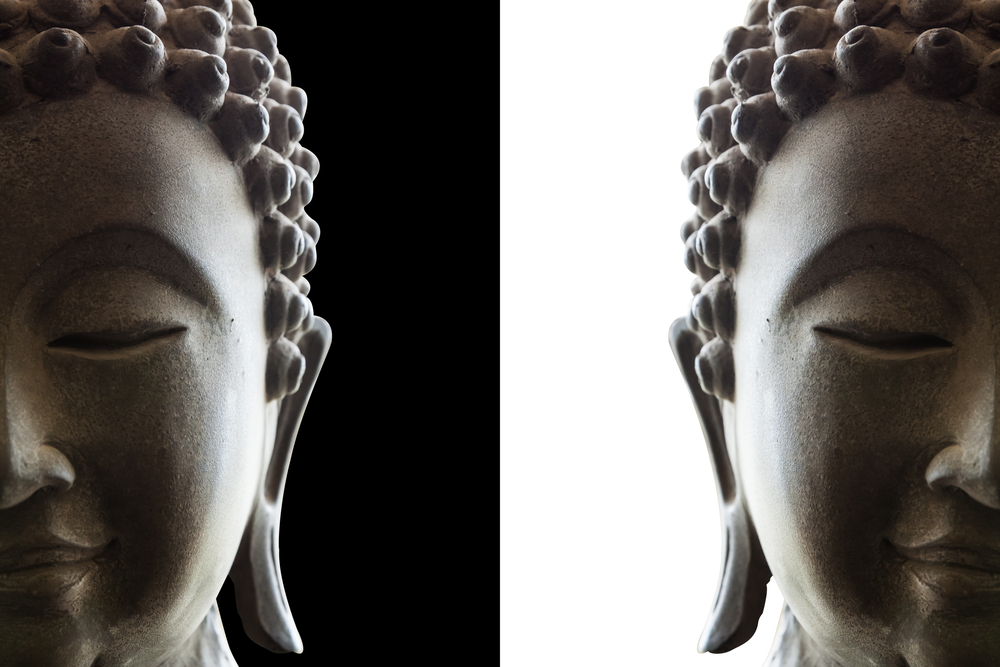Who is your enemy? Mind is your enemy. No one can harm you more than a mind untrained. Who is your friend? Mind is your friend. Nothing can help you more that a trained mind, not even your loving parents. —Buddha
What do we see when we look at our mind? Constant change. The untrained mind spins out thoughts, emotions, images, stories, likes, dislikes, plans, regrets and reactions to it all. There is ceaseless movement, filled with words, ideas, and memories. Clearly seeing this stream of inner dialogue is one of the first insights in meditation practice. It is called “seeing the waterfall,” experiencing the evanescent nature of mind. Mind’s constant changes are like the weather; today it rains, tonight it may snow, earlier the sun was out. It is muddy in the spring, and then the summer heat appears. In the fall the winds arise and the leaves go; in winter the ice forms. We’re like that; we’re part of nature.
Mindfulness meditation isn’t directed to creating and holding some special state; it’s learning to steady our attention on the present moment, finding a wise and compassionate relationship to this organic change of body and heart and mind that we are. We can then embody this loving awareness in every season.
For the mind to become steady, settled in the present moment in the midst of so much change, it is helpful to develop a degree of stability; that is called concentration. Concentration is the art of calming and steadying our attention, like a candle flame in a windless place. One way we can practice this is with attention to our breath, or with a body scan. As we gently train ourselves to become mindful of breath and body, we can see more clearly, and become more balanced and more deeply present. We experience a unity of our body, spirit, and mind. To live this way is wonderful.
To steady and calm the mind takes kindness and patience. Training the mind in meditation is like training a puppy. We put the puppy down and say, “Sit. Stay.” What does it do? It gets up and runs around. “Stay.” It runs around again. Twenty times, “Stay.” After a while, slowly, the puppy settles down. Through practice, gently and gradually we can direct and steady our attention and learn how to be more fully where we are. But remember, this steadying of the heart and mind builds slowly. At first we may be discouraged. After trying for some days maybe we are mindful only 10 percent of the time and 90 percent lost in thought. We might easily judge ourselves as a failure. Yet if we look, we will realize that when we began to meditate, we were here only 2 percent of the time, and now we are here five times as much! Fives times more present to touch the earth, to feel the breeze, to see the eyes of the others around us, to be awake to our senses. This is no small improvement.
The development of steady concentration comes through training, deliberately nurturing an inner peacefulness. In meditation we learn that the mind becomes calm not through strain and struggle, but from letting go of anxiety about the past and future, and relaxing into the present. We can learn to trust this natural process of settling. Through our steady, caring attention, again and again, a quality of calm interest begins to grow and the mind settles lightly into the moment.
Neuroscience research shows that for many people eight or ten weeks of regular practice is enough to really sense the benefits of meditation. If we were to learn guitar or tennis or a computer code we would need to practice and then gradually improve. Practicing the skill of calm steady attention, of mindful loving awareness is the same—it is a great art.





